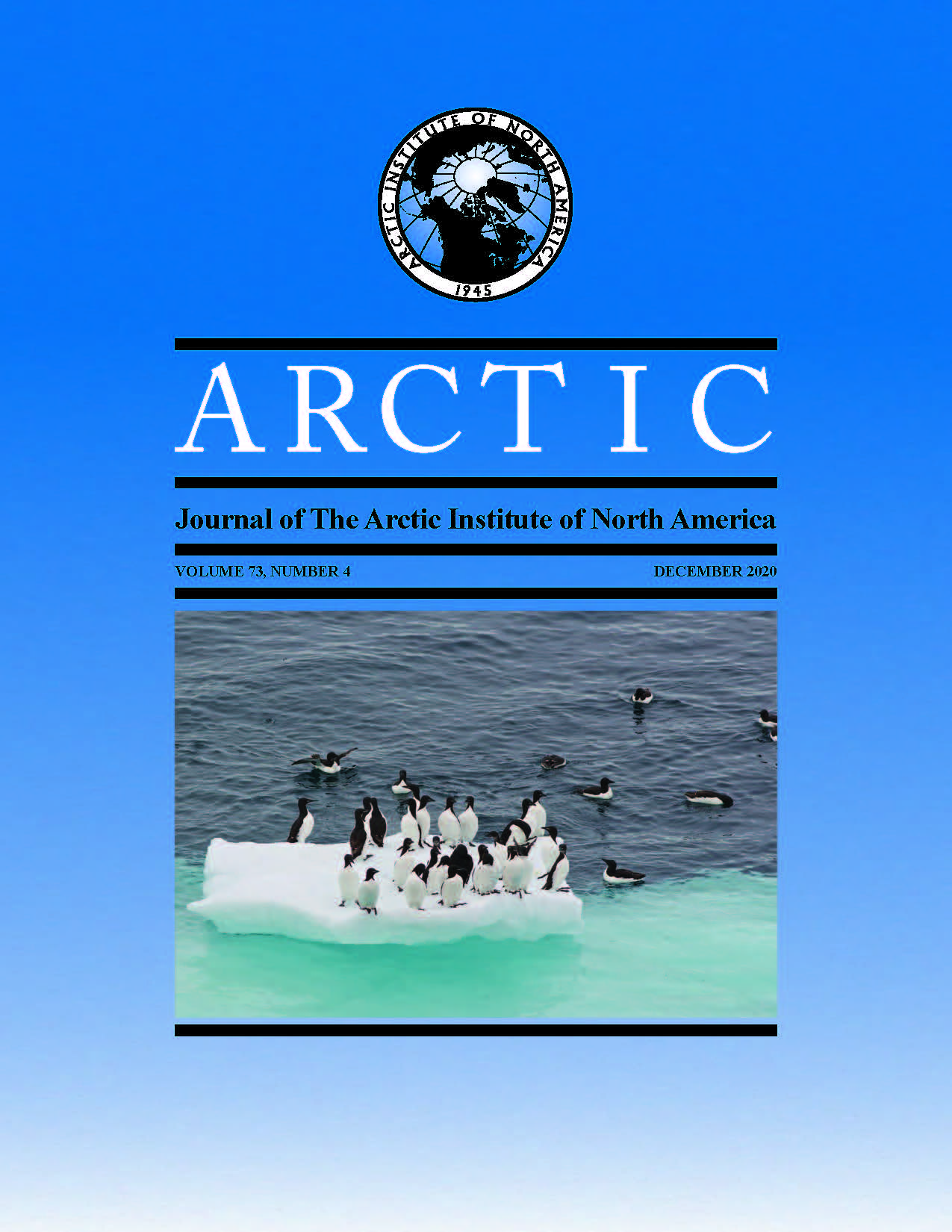Akimiski Island, Nunavut, Canada: The Use of Cree Oral History and Sea-Level Retrodiction to Resolve Aboriginal Title
DOI :
https://doi.org/10.14430/arctic71481Mots-clés :
titre ancestral; île Akimiski; histoire orale crie; connaissances autochtones; compensation isostatique postglaciaire; modélisation du changement du niveau de la merRésumé
Le 1er avril 1999, l’île Akimiski, située dans la région ouest de la baie James, dans le nord de l’Ontario, au Canada, a été intégrée au nouveau territoire du Nunavut, territoire dominé par les Inuits, même si ceux-ci n’avaient jamais revendiqué le titre ancestral de cette île. En revanche, les Cris omushkegowuk de la région ouest de la baie James ont revendiqué leur titre ancestral à l’égard de l’île Akimiski. Le geste (ou l’absence de geste) du gouvernement du Canada a eu pour effet d’inverser la responsabilité de prouver le titre ancestral des Inuits aux Cris. Autrement dit, le gouvernement du Canada n’a pas respecté ses propres directives et les critères de droit commun comme preuve de titre ancestral. Dans cet article, nous avons documenté et employé l’histoire orale crie ainsi qu’une rétrodiction du niveau de la mer (d’après une modélisation numérique perfectionnée d’anciens changements du niveau de la mer de la baie James), contenant un historique modifié de la glace ICE-6G et une modélisation en trois dimensions de la structure de la Terre, afin d’établir que le critère 2 des critères du titre ancestral est maintenant entièrement atteint. Autrement dit, l’usage et l’occupation traditionnels de l’île Akimiski par les Cris ont été considérés comme des faits suffisants au moment de la revendication de la souveraineté par les nations européennes. Puisque tous les critères de droit commun permettant de prouver le titre ancestral de l’île Akimiski au Canada ont maintenant été respectés, les Cris disposent de fondements suffisants pour entreprendre une revendication territoriale officielle.


